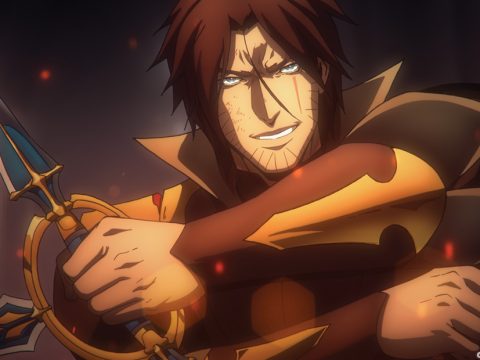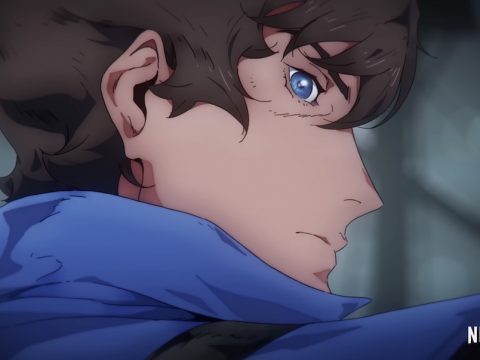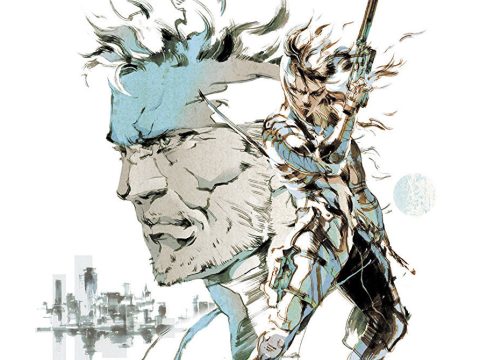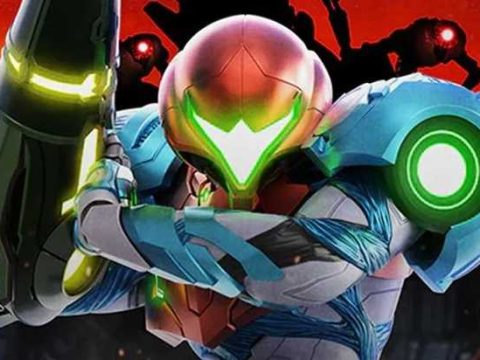Long-time fans of Castlevania will be stricken with nostalgia the moment they start the first stage of Castlevania: The Adventure ReBirth. That has nothing to do with whether or not they’re actually fans of the game on which this particular outing is based—a Game Boy whipsmacker from 1989 that would have aged poorly had it been a competent game in the first place. Rather, it’s the Greatest Hits soundtrack selection coupled with some inventive yet classic level design that will have fans coming back for more, even in this post-Symphony of the Night world to which we’re so accustomed.
It’s kind of odd at first that this entry in the ReBirth line (following Gradius and Contra, which we reviewed here) isn’t an entirely original one, but one look at the dated source material shows that, well, it kind of is. Let’s face it, there are two types of people in this world: those that played the hell out of Castlevania: The Adventure on Game Boy, and normal people with brains comprised of more than just bruised and battered mush. Unfortunately, I fall in the former category, but my motor functions still allow me to play games and type words well enough.
Like Contra ReBirth, Castlevania‘s visuals are rooted in the 16-bit era. Scrutinizing fans will find it’s all more of a pastiche of old sprites and enemies than anything, but I mean it when I say that only the most nitpicky of know-it-alls will find this annoying. Considering the price of these titles (ten buckeroos), I don’t find it surprising in the least to see them consisting of bits and pieces cobbled together from games past.
It’s not all old news, though, and what really matters is that the tried and true gameplay—including features from the Game Boy version like a whip upgrade that temporarily grants it fireball-shooting powers—remains wholly intact. Slight annoyances aside (I’m not a fan of being unable to jump partially up a staircase, for instance), there’s a good deal of challenge in each of the six stages, and the bosses and mid-bosses alike are memorable for the most part.
There’s also a fair amount of replay here outside of simply revisiting the levels time and time again for the sake of the experience. Each stage has a varying degree of alternative routes, and they’re not always accessible just by finding them and trotting on through. Many require keys, which are expendable in other ways, such as using one to open a gate and nab a much-needed whip enhancement. Others follow a much more difficult path, where risk usually nets reward at the price of lives lost through trial and error. Thankfully, the game offers a “hidden” stage select for levels that have already been conquered.
The music is so good it’s worth mentioning twice, which I just did by my count. Manabu Namiki’s remixes, much like the game itself, may not be entirely original, but they’re really fantastic versions of some classic jams. The opening track, for instance, comes from Castlevania: Bloodlines, originally released on Sega Genesis/Mega Drive in 1994. It’s nice to see the selection not being limited to obvious picks from the NES era, as this is one of my all time favorite tracks.
I like the “Metroidvania” exploratory Castlevania games as much as the next person, but I have to admit my heart lies in the more linear entries (Super Castlevania IV is my top pick, in case you were wondering). Castlevania: The Adventure ReBirth is very much in that vein, and comes highly recommended to everyone that’s looking for a little more abuse of the undead in their lives.
Publisher: Konami
Developer: M2
System: Wii (WiiWare)
Available: Now
Rating: T







